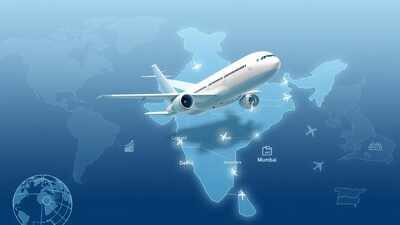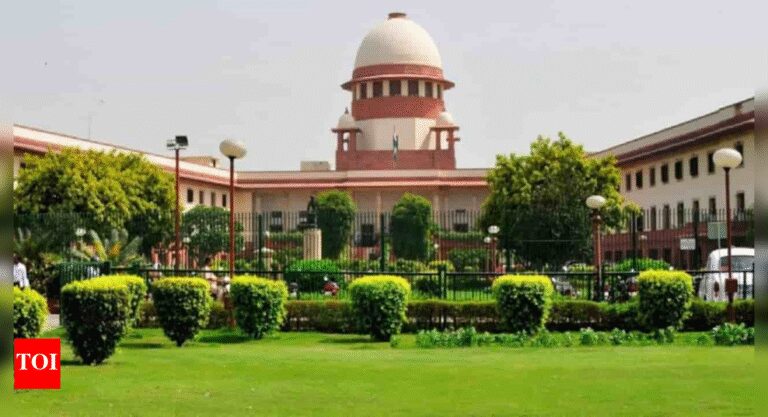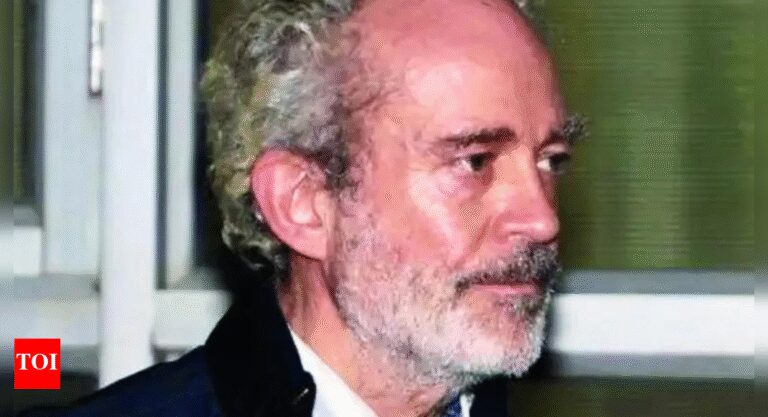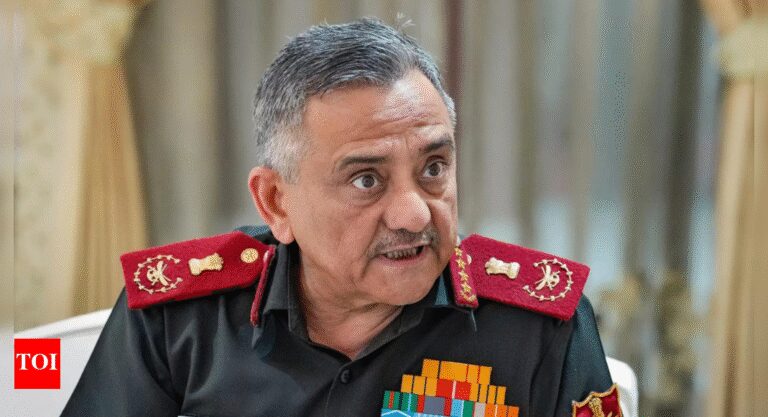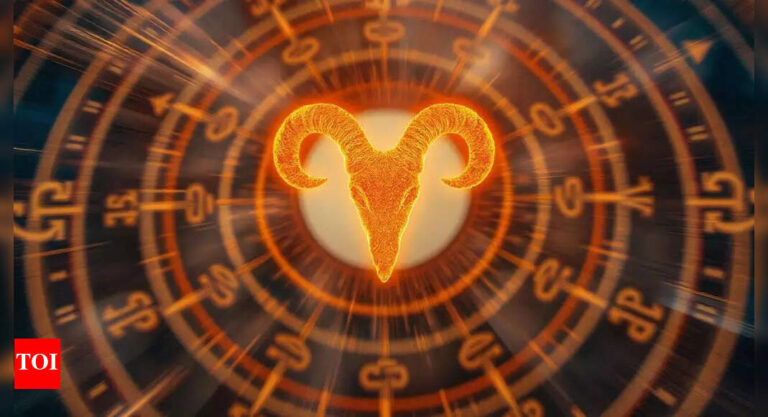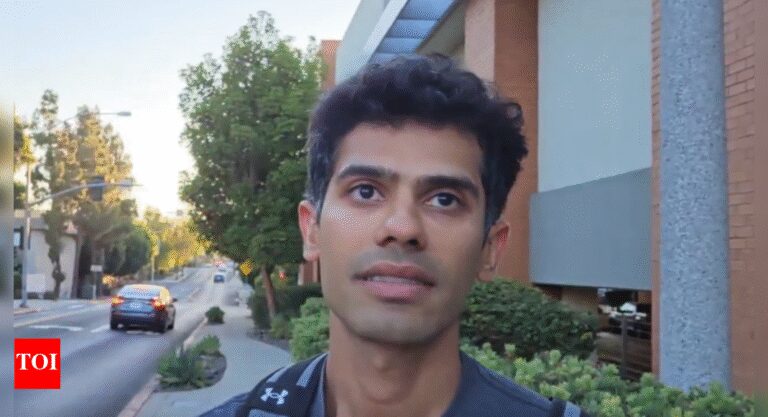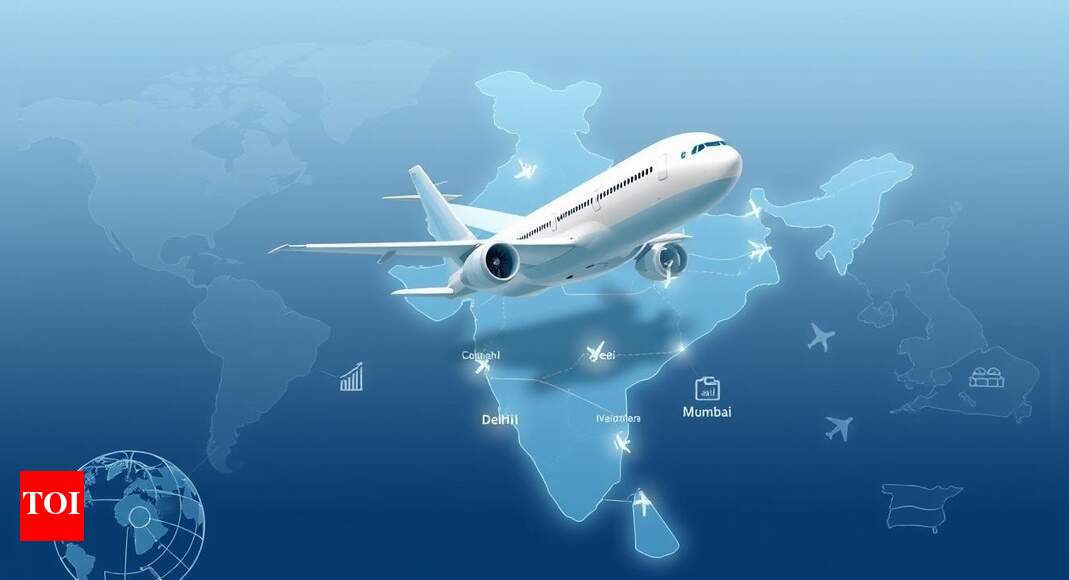
NEW DELHI: India is considering revamping pilot training by gradually moving away from the current system where a student has to first earn commercial pilot licence (CPL) and then do type rating separately for a specific aircraft, to a unified “multi crew pilot licence” (MPL) system. The Directorate General of Civil Aviation (DGCA) will hold a meeting with stakeholders on this issue Wednesday. If approved, both the systems — CPL & MPL — will co-exist and operators will have the flexibility to choose either that best meets their requirements of safety and operational efficiency.This is the second big change India is contemplating in this field, after proposing to make students who have done Class 12 from arts and commerce stream eligible to pursue CPL — a field reserved for science students with physics and maths mandatory in 12th since mid 1990s. As the fastest growing aviation market globally, govt is clearly keen to take steps to meet Indian carriers’ requirement for pilots in coming years.At the moment, cadet pilots have to first do CPL that involves, among other things, flying training aircraft for 200 hours. After that, they need to separately do simulator-based type rating for specific aircraft like Airbus A320 or Boeing 737.MPL, on the other hand, will require them to fly a small training plane for about 70 hours. Then they will do simulator training for 140 to 160 hours. Subsequently, airlines will induct them as trainees on that type of aircraft. Approved by International Civil Aviation Organisation (ICAO), MPL has been adopted by over 50 airlines globally like Lufthansa, Etihad, flyDubai and Singapore Airlines.“We will evaluate both the systems and take a considered view on what is best in terms of ensuring high training standards and meeting airline requirements. MPL was considered by us in the past too. There has again been a request to consider the same and that is being done,” said senior govt officials. If approved, MPL will be introduced gradually over 2-3 years and CPL will continue to exist for non-airline students. A DGCA panel set up to study MPC will consider the pros and cons before taking any decision.An integrated programme, MPL “lays emphasis on developing key competencies that are essential to safely operate modern commercial aircraft. It can be tailored to specific aircraft type and the operational philosophy of airlines which will ensure a steady stream of pilots,” said a senior pilot.“MPL should have been adopted several years ago to meet India’s growing aviation safety and scaling needs. The important part is the competency based training and assessment (CBTA), compliant curriculum and associated instructor training. MPL aligns better with modern airline operational realities than the current CPL system which is outdated for a fast-developing aviation sector. India needs 2,000 plus new pilots annually over the next decade. Structured exposure to real airline operations is currently insufficient at the ab-initio level. If India delays, it risks slowing down growth,” another captain said.Opposing MPL, a senior captain said: “Our regulatory system lacks the necessary robustness to adequately oversee and enforce MPL program standards consistently. Furthermore, the core issue of insufficient fundamental flying skill development through lower actual ‘stick and rudder’ (flying small plane) time – persists. This combination impedes consistently churning out competent and manually proficient pilots ready for diverse operational challenges.”Indian carriers — Air India group, IndiGo, Akasa and other small players — together have almost 2,000 aircraft on order.

